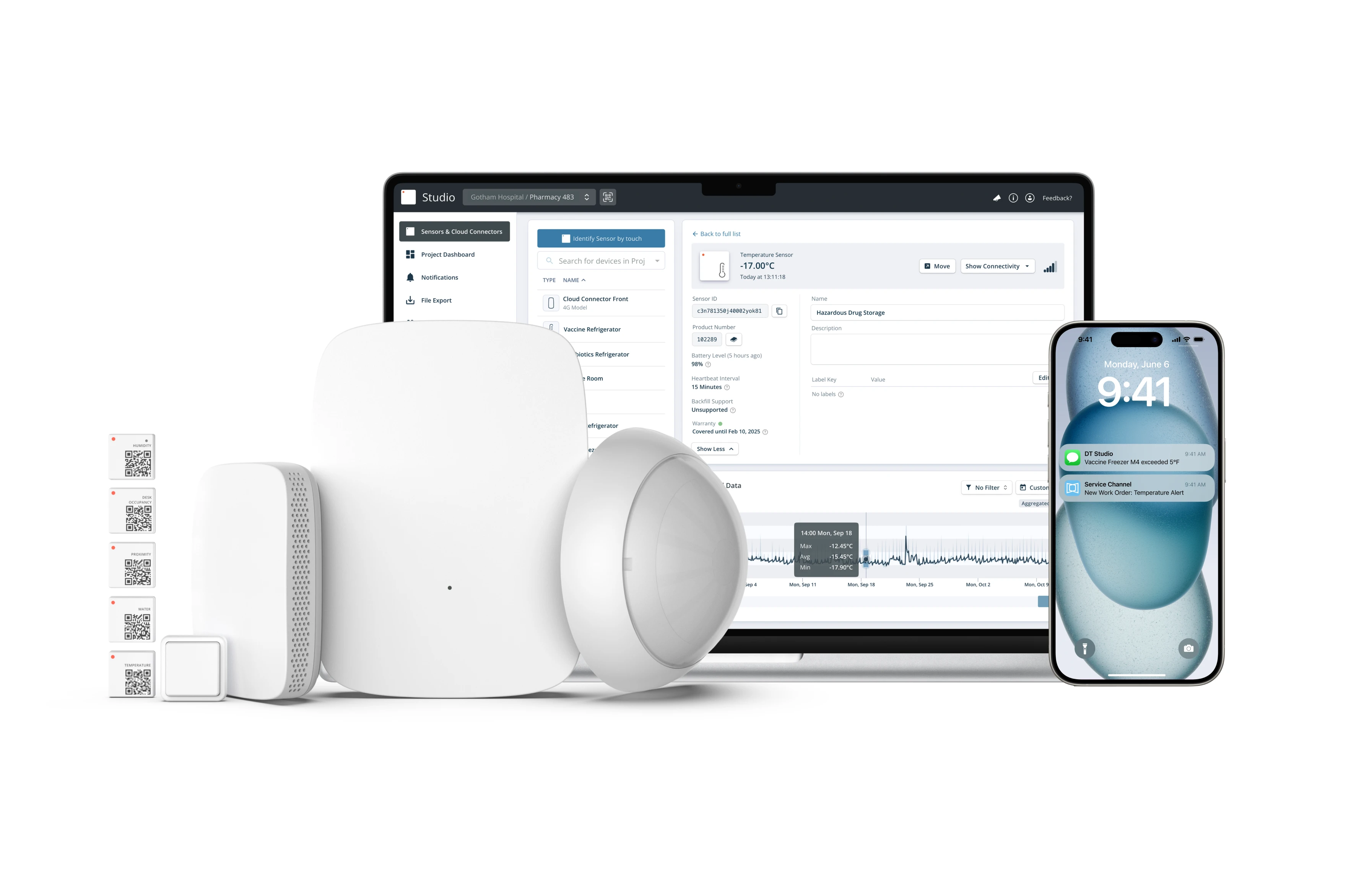How Verizon Is Paving The Way For The Future of Work

The pandemic revolutionized the way companies view their office space and define employee productivity. But there was one company that was implementing changes before COVID-19 put digital workplace transformation in the forefront of corporate conversations.
Verizon, the multinational telecommunications conglomerate, has been defining what the future of work looks like for the last decade.
After years of planning and strategizing around digital transformation in the workplace, Verizon is now using technology to increase employee engagement and collaboration.
These efforts come from the company’s rooted belief that a smarter, optimized workplace can help employees thrive.
How Verizon Views Digital Workplace Transformation
Verizon’s digital transformation team does not view the workplace as simply just the brick-and-mortar office where work takes place. They look at digital transformation as a five-step process:
- Starting: scoping out the strategy and roadmap towards digital workplace transformation
- Adapting: identifying the technologies that will be put in place to transform the workplace
- Elevating: using Internet of Things (IoT) technologies to create a connected workspace, where people, assets, and equipment interact to make way for better decision making
- Innovating: leveraging the technology being put into use to create new products and services or elevate current customer experiences
- Disrupting: thinking ahead of the technology curve to embrace new technologies like machine learning and artificial intelligence early for a truly revolutionary experience
After implementing this process in their own workplace, Verizon is now offering digital workplace transformation as a service through their Network as a Service (NaaS) platform. They argue that this practice can be applied in any industry, no matter the scale or size.
Unusual Return to Work: Redefining the Workplace

Where the hybrid workplace and work-from-home practices caught other companies by surprise, Verizon had been taking proactive steps to prepare for the ideal workplace of the future.
In collaboration with Boston Consulting Group (BCG), Verizon’s latest white paper shares learnings for CIOs around how to prepare for the upcoming wave of remote work. The white paper makes a case for the critical role of technology in building the blocks for the future of work.
Rather than being afraid and unprepared, Verizon sees the changing workplace as a good opportunity for senior leadership to drive sustainable growth and competitive advantage for their organization with the help of technology.
The Four Waves of Remote Work
The Verizon team sees the current trend of remote work as the accelerator of the adoption of technology in the workplace.
The first wave of remote work started happening about a decade ago and centered around cost savings
The second wave, accelerated in the last few years, aimed to attract and retain global talent and tap into global partnerships and supply chains ecosystems
The third wave is brought upon by the COVID-19 pandemic, which has forced companies to use technologies to keep workplaces functional. To this end, there has been a 47% increase in the use of collaboration tools and a 33% increase in the use of video conferencing tools. In addition, companies are now embracing the concept of smart workplaces and are using IoT technologies to gather data about how their offices are being used to back up decision-making.
The fourth wave, considered to be “the new normal”, will be centered around hybrid workplaces and giving employees more freedom to choose where they want to work from. Companies that have embraced new technologies in the third wave will have a competitive advantage in adapting to the new wave of remote work. They will be able to cover the deployment of Internet of Things technologies at scale and take the next step towards incorporating next-generation technologies into their workplace.
The Fourth Wave of Remote Work: Using Technology to Put People First

On top of large operational, technical, and organizational challenges due to the COVID-19 lockdown, the Verizon workplace also saw a shift in focus towards employee safety and adaptability.
Through their human resources department, Verizon trained their employees for a cultural shift to remote working. The company also taught employees new digital skills so that they had the technical abilities to navigate the digital tools required for remote work.
Verizon quickly adopted new HR policies to adapt to the pandemic, including the opportunity to take special leave. They also expanded the company’s policy around flexibility for the employees balancing work and caregiving, assisting working parents and women who have been disproportionately affected by the pandemic.
In 2021, Verizon introduced Work Forward, the company’s program outlining how employees will return to work after the pandemic. A notable change is the introduction of three working models: office-based, home-based, and hybrid. Under which category the employees will fall will depend on their job function and the type of work they do. To put Work Forward in place, Verizon is continuously training employees and testing new tools and technologies.
What Other Companies Can Learn From Verizon
The traditional view of the workplace -- that work happens in an office -- has been thrown out the window. This has been demonstrated by the easy and successful adoption of work-from-home practices during the global pandemic lockdowns. Due to years-long planning around digital workplace transformation, Verizon had the tools and technologies required to create a hybrid and digital workplace.
Verizon views the future of work as a hybrid of digital transformation and people-centric culture. While digital transformation creates smarter workplaces that increase productivity, the true potential of technology is unleashed only when people have the appropriate training and capabilities to embrace and leverage new workplace technologies.
Get Started




.png)
.png)
